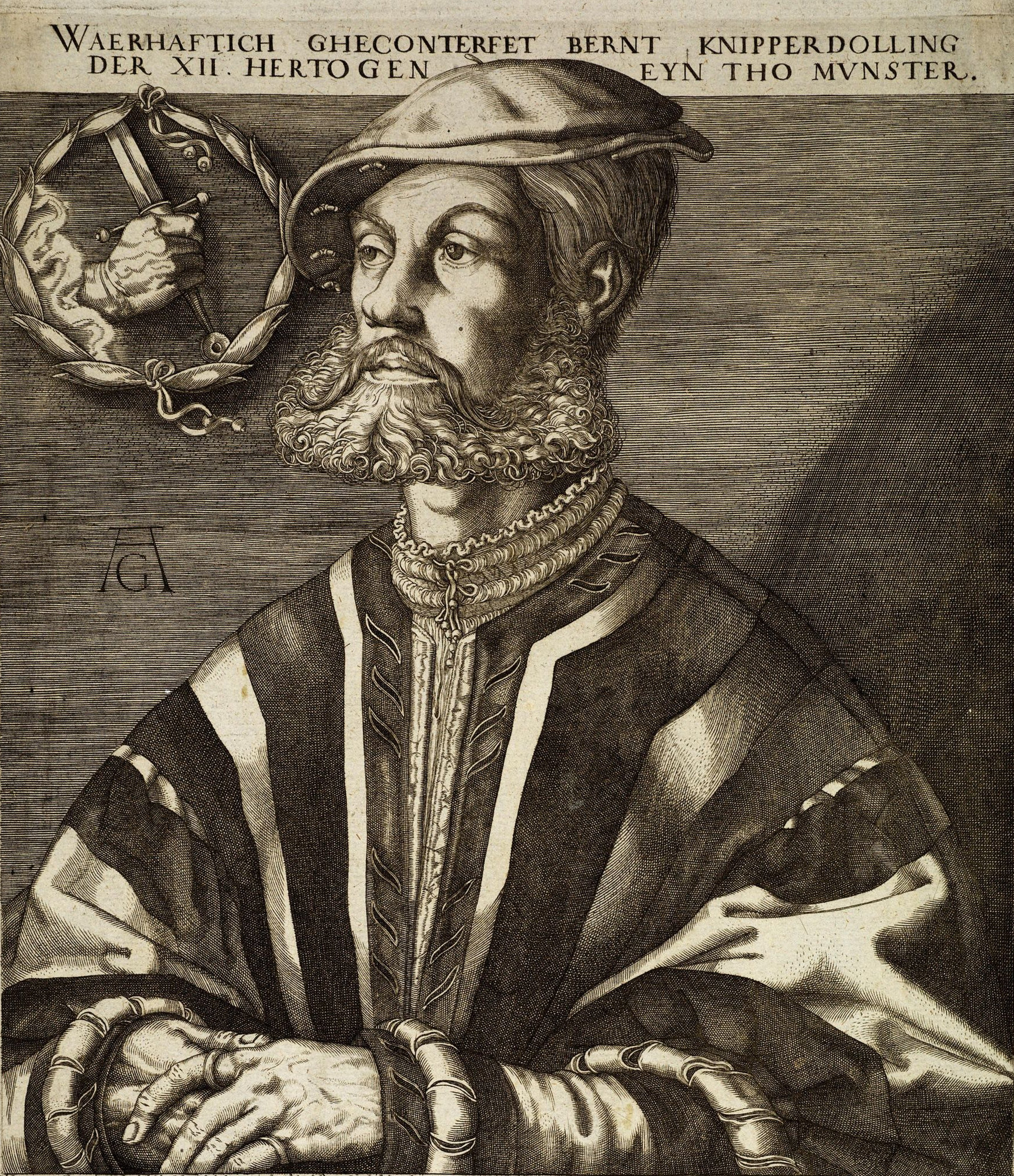|
Münster (Westfalen)
Münster (; nds, Mönster) is an independent city (''Kreisfreie Stadt'') in North Rhine-Westphalia, Germany. It is in the northern part of the state and is considered to be the cultural centre of the Westphalia region. It is also a state district capital. Münster was the location of the Anabaptist rebellion during the Protestant Reformation and the site of the signing of the Treaty of Westphalia ending the Thirty Years' War in 1648. Today it is known as the bicycle capital of Germany. Münster gained the status of a ''Großstadt'' (major city) with more than 100,000 inhabitants in 1915. , there are 300,000 people living in the city, with about 61,500 students, only some of whom are recorded in the official population statistics as having their primary residence in Münster. Münster is a part of the international Euregio region with more than 1,000,000 inhabitants ( Enschede, Hengelo, Gronau, Osnabrück). History Early history In 793, Charlemagne sent out Ludger as a mis ... [...More Info...] [...Related Items...] OR: [Wikipedia] [Google] [Baidu] |
Münster (region)
Münster is one of the five ''Regierungsbezirke'' of North Rhine-Westphalia, Germany, located in the north of the state, and named after the capital city of Münster. It includes the area which in medieval times was known as the Dreingau. Regierungsbezirk Münster mostly covers rural areas of Münsterland famous for their castles, e.g. Castle Nordkirchen and Castle Ahaus. The region offers more than a hundred castles, all linked up by the cycle path ''100 Schlösser Route''. The three southern municipalities are part of the Ruhrgebiet, a densely populated region with much industry. Besides this the area is mostly as green as the rest of Münsterland and historically a part of the landscape. The history of the ''Regierungsbezirk'' dates back to 1815, when it was one of the original 25 ''Regierungsbezirke'' created as a subdivision of the provinces of Prussia. The last reorganization of the districts was made in 1975, when the number of districts was reduced from ten to five, and ... [...More Info...] [...Related Items...] OR: [Wikipedia] [Google] [Baidu] |
Ludger
Ludger ( la, Ludgerus; also Lüdiger or Liudger) (born at Zuilen near Utrecht 742; died 26 March 809 at Billerbeck) was a missionary among the Frisians and Saxons, founder of Werden Abbey and the first Bishop of Münster in Westphalia. He has been called the "Apostle of Saxony". Early life to ordination Ludger's parents, Thiadgrim and Liafburg, were wealthy Christian Frisians of noble descent. In 753 Ludger saw the great Apostle of Germany, Boniface, which, together with the subsequent martyrdom of the saint, made a deep impression on him. At his own request he was sent to the Utrecht Cathedral School (''Martinsstift''), founded by Gregory of Utrecht in 756 or 757, and made good progress. In 767 Gregory, who did not wish to receive episcopal consecration himself, sent Alubert, who had come from England to assist him in his missionary work, to York to be consecrated bishop. Ludger accompanied him to be ordained into the diaconate (as he duly was, by Ethelbert of York) and to st ... [...More Info...] [...Related Items...] OR: [Wikipedia] [Google] [Baidu] |
John Of Leiden
John of Leiden (born Johan Beukelszoon; 2 February 1509 – 22 January 1536) was a Dutch Anabaptist leader. In 1533 he moved to Münster, capital of the Prince-Bishopric of Münster, where he became an influential prophet, turned the city into a millenarian Anabaptist theocracy, and proclaimed himself King of New Jerusalem in September 1534. The insurrection was suppressed in June 1535 after Prince-Bishop Franz von Waldeck besieged the city and captured John. John was tortured to death in the city's central marketplace on 22 January 1536, along with Bernhard Knipperdolling and Bernhard Krechting. Life John was the illegitimate son of a Dutch mayor, and a tailor's apprentice by trade. He was born in the village of Zevenhoven in the municipality of Nieuwkoop, located in the Dutch province of South Holland. Raised in poverty, young John became a charismatic leader who was widely revered by his followers. John was an Anabaptist, secretly at first, but later he ... [...More Info...] [...Related Items...] OR: [Wikipedia] [Google] [Baidu] |
Anabaptism
Anabaptism (from Neo-Latin , from the Greek : 're-' and 'baptism', german: Täufer, earlier also )Since the middle of the 20th century, the German-speaking world no longer uses the term (translation: "Re-baptizers"), considering it biased. The term (translation: "Baptizers") is now used, which is considered more impartial. From the perspective of their persecutors, the "Baptizers" baptized for the second time those "who as infants had already been baptized". The denigrative term Anabaptist, given to them by others, signifies rebaptizing and is considered a polemical term, so it has been dropped from use in modern German. However, in the English-speaking world, it is still used to distinguish the Baptizers more clearly from the Baptists, a Protestant sect that developed later in England. Compare their self-designation as "Brethren in Christ" or "Church of God": . is a Protestant Christian movement which traces its origins to the Radical Reformation. The early Anabaptist ... [...More Info...] [...Related Items...] OR: [Wikipedia] [Google] [Baidu] |



